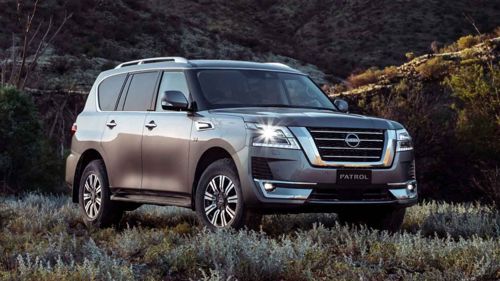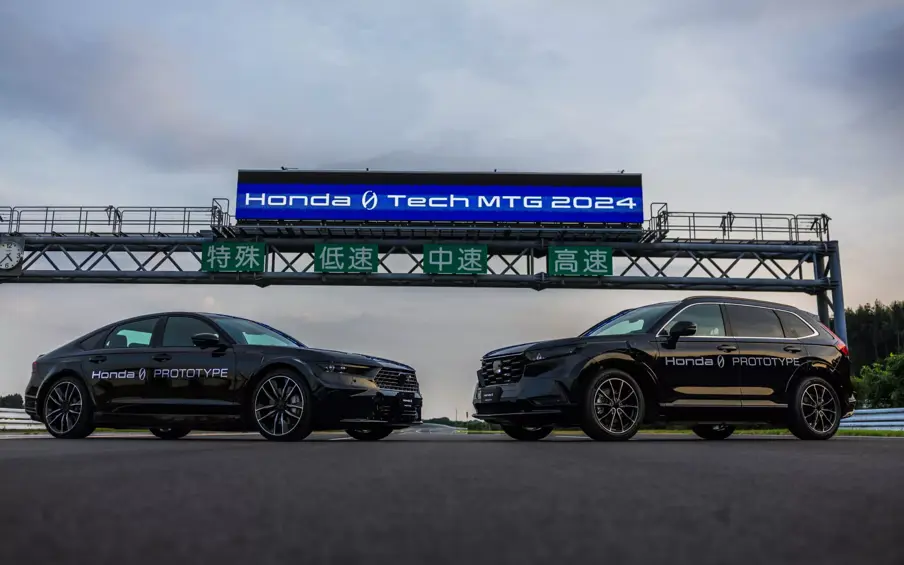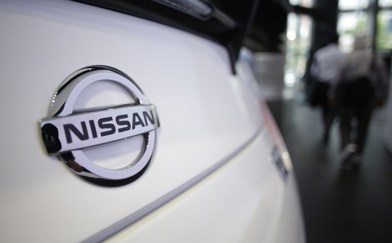Honda and Nissan's recent merger talks have stirred significant interest worldwide, but beyond the headline-grabbing valuation of US$50 billion (nearly NZ$90 billion), the partnership is rooted in strategic necessity.
Faced with mounting competition from Chinese electric vehicle (EV) manufacturers and autonomous driving innovators like BYD, the two Japanese automakers are aligning their resources to stay in the game.
During a media roundtable in Las Vegas, Honda CEO Toshihiro Mibe emphasised the urgency of the collaboration. “The rise of Chinese automakers and new players has changed the car industry quite a lot,” Mibe said, as reported by The Verge. “We have to build up capabilities to fight with them by 2030, otherwise we’ll be beaten.”
Tackling rising costs in EV development

The global EV market's rapid growth underscores the stakes.
S&P Global Mobility projects nearly 89.6 million EVs will be sold in 2025, marking a 30% annual increase.
Similarly, Allied Market Research anticipates the autonomous vehicle sector will reach US$448.6 billion (over NZ$800 billion) by 2035.
Developing software-defined vehicles (SDVs) and next-generation battery technology is both essential and expensive.
Honda’s Executive Vice President, Noriya Kaihara, acknowledged that reducing labour and development costs is a top priority. “If there are operations we could share, that would be good for us,” he said, hinting at Nissan’s role in easing this burden.
Leveraging Nissan's strengths

Honda’s interest in Nissan’s large SUVs, such as the Armada (US version of the Patrol) and Pathfinder, reveals a key driver behind the merger talks.
Honda’s hybrid technology has proven successful in midsize vehicles like the CR-V and Accord, but it has yet to extend to larger SUVs.
Toshihiro Akiwa, head of Honda’s battery electric vehicle (BEV) development centre, pointed out that Honda’s new battery and motor systems could scale effectively to these larger models, tapping into an untapped market segment.

Beyond vehicle development, Nissan’s underutilised factories present another opportunity.
With Honda’s US plants running at maximum capacity, Nissan’s idle production lines could meet growing demand. Kaihara noted, “I’m not in a position to make comment [on Nissan], but they have capacity.”
Nissan also has other facilities in China, India and Thailand, which Honda could eventually incorporate into its strategy.
But despite its strategic potential, the merger faces scrutiny.
Former Nissan CEO Carlos Ghosn, now in exile due to financial misconduct several years back, dismissed the move as “desperate” and questioned the compatibility of the two companies.
Additionally, the partnership must contend with US tariff policies and the possible reduction of EV subsidies under US President-elect Donald Trump. Honda’s reliance on North American production could shift to Japan if tariffs become prohibitive, driving up costs for consumers everywhere.
Honda’s long-term vision

Amid these challenges, Honda remains steadfast in its commitment to electrification.
New EVs in its upcoming 0 series are expected next year, reflecting its belief that “EVs will be the solution for the future,” as Kaihara affirmed. Honda's deepening collaboration with Nissan is seen as a pivotal step in achieving these goals.
But at its core, this merger is about evolving to meet new industry realities.
Honda’s interest in Nissan’s SUVs and factories highlights its focus on filling gaps in its portfolio, while Nissan’s financial struggles provide an opening for Honda to take advantage of underused assets.
Together, they aim to create a competitive edge in a market that’s shifting faster than ever.





